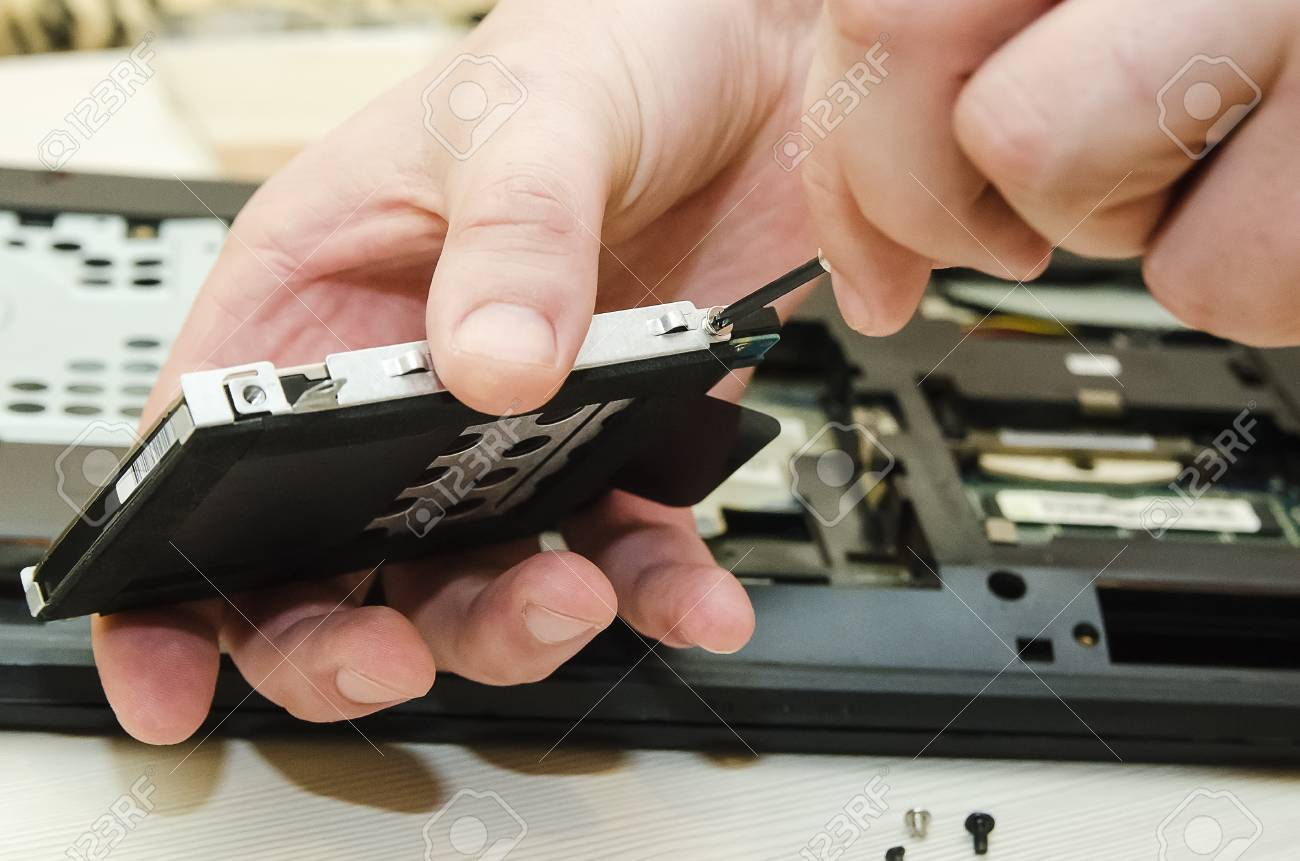A slow laptop is a problem that is often experienced by so many people. There are many causes why the computer you use seems to slow down. Something that causes this is usually a lot of software installed, viruses, and much more. Therefore, we will share with you some tips that can help you to repair a slow laptop, such as:

1. Clean unnecessary files on the laptop or computer storage device. You can clean it using antivirus software, cleaner, anti-malware, and many more. In the software, there are usually features for cleaning up trash files or viruses.
2. See the System Requirements software that you will install. By looking at the system requirements of the software you are going to install, you can choose and sort which software to install that matches the laptop/computer specifications.
For example, if your computer device is something like an Acer Pentium 4, then you want to install the 2016 PES game, of course, it doesn’t rule out the possibility that your computer or laptop will die immediately without warning, that’s because the game specifications don’t match your computer.
3. Upgrade the RAM of the computer device. By upgrading RAM on a computer, it can ease the burden on the system on your computer. It’s because the more RAM you use, the lighter your computer is to use.
The most common problem experienced by users after updating Windows is Reboot Loop, which means an event where the computer/laptop has a restart process that is never finished and it repeats that process continuously. What upsets me is that the feature can’t be turned off.
If your computer or laptop is connected to the internet, the windows will be upgraded automatically by itself, and most likely because of this, a reboot loop will occur. Then, what method is usually used to overcome this problem?
1. Disable Windows Update by setting a quota-based network type.
2. By disabling Windows Update in the control panel. The trick is to open the control panel, then firewall settings, click disable update, then restart your computer or laptop.






